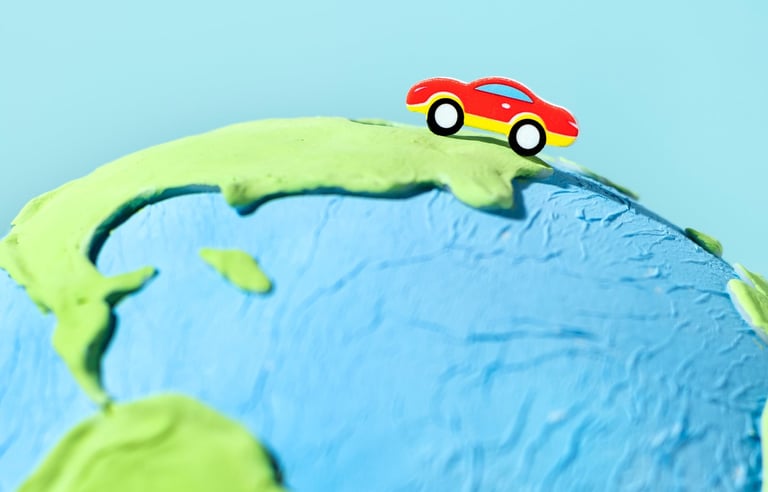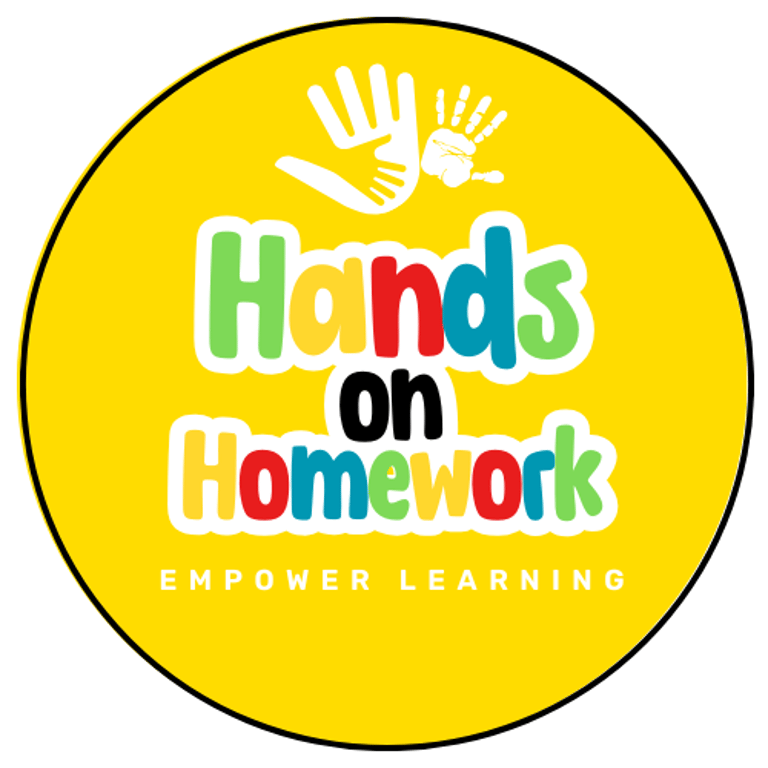What Do They Learn in Social Studies?
curriculum sneak peak
CURRICULUM SNEAK PEAK
12/8/20243 min read


What Do They Learn in Social Studies?
Social studies for young children are all about helping them explore the world around them in a simple and engaging way. It's about building an understanding of the community, cultures, and the basic concepts of history and geography. At this stage, children begin to develop the skills that will help them become informed, responsible citizens in the future.
Here’s a closer look at what kids learn in social studies in these early grades:
Preschool and Kindergarten
In preschool, children begin exploring key social studies topics that shape their understanding of themselves and the world.
Five senses
They learn about their physical self and gender, discovering body parts and identities. Through activities engaging the five senses, children experience the world around them.
Seasons
Teachers spend time throughout the year describing and showing what happens to weather and nature during each season and pointing out how they repeat each year. This concept helps children develop a basic understanding of how the environment changes over time.
Self Discovery
Preschoolers can begin to grasp the difference between needs vs. wants, and identify their talents and abilities. They learn to notice and respect differences, likes, and dislikes among friends.
Family
Learning about families, they understand that every family is unique, while sibling and parent relationships teach cooperation and care.
Understanding time passage
Preschoolers and kindergartners can begin understanding time concepts. They start to recognize that events happen in a sequence—yesterday, today, and tomorrow—and they begin to understand the idea of routines and timelines.
Talking about the calendar and yearly cycle and how they repeat each year.
Learning about the past through stories and pictures of "then and now."
Introducing simple concepts of history, like asking children to share stories about their experiences.
Pre1A- 1st grade
Children explore essential social studies topics that help them further understand their world.
"All About Me"
It is important to guide children at this age of 5-7 years to understand and build self-awareness by identifying their unique physical qualities and personality.
Family and Friends
By learning about their individual family and comparing and contrasting with classmates' families, students discover values, traditions, and the diversity of cultures within their community.
As they discus friends and neighbors, children develop social skills and the explore the importance of friendship.
Understanding Their Community and Environment
This exciting unit of "All Around Town" is where students gain a sense of belonging in their own surroundings. They may take trips or virtually explore places like their own homes, schools, and local areas, and the roles of the people who are involved in their daily lives such as shop-keepers and crossing guards.
Teachers may point out 3 main categories to describe the purpose for shops and services and explain the difference between needs and wants.
People who help us, ex. fire station, police station
Places we can buy things, ex. grocery, flower store
Places we use, ex. playground and community centers
An Introduction to Civics
Though civics education may sound advanced, children in preschool and kindergarten start to learn about being a good citizen. Simple ideas like fairness, sharing, following rules and contributing to the group evolve into an understanding of how they fit into larger social structures like family, school, and the broader community. They can learn to respect others’ opinions and discus the role of helpers, such as teachers and community leaders.
Second and Third grade
By the time a student reaches these grade level they are ready to delve deeper into the topic of community, and to continue exploring different types of areas where people live:
Urban communities are big cities filled with tall buildings, busy streets, and lots of people.
Suburban areas are located near big cities, with homes close together but a bit quieter.
Rural communities have lots of open land, farms, and homes spread farther apart.
Students also learn to locate these areas on a map and understand the differences between each lifestyle and geographic type.
Capital and natural resources
Second graders understand how people use resources to create goods and services. They learn about communities around the world, recognizing the physical, human, and cultural characteristics that make different regions unique.
Then and now gives students insight into the history of different communities and lifestyles, comparing how life has changed over time in America and beyond. They also begin to learn about
Government, understanding the roles of the president, mayor, and law enforcement, and the importance of government made rules, laws and elections.
Economics, student are introduced to the basics of economics in daily living. They may learn about the roles of producers, consumers, trade, goods, and services, and how banks help in managing money.
Overview:
